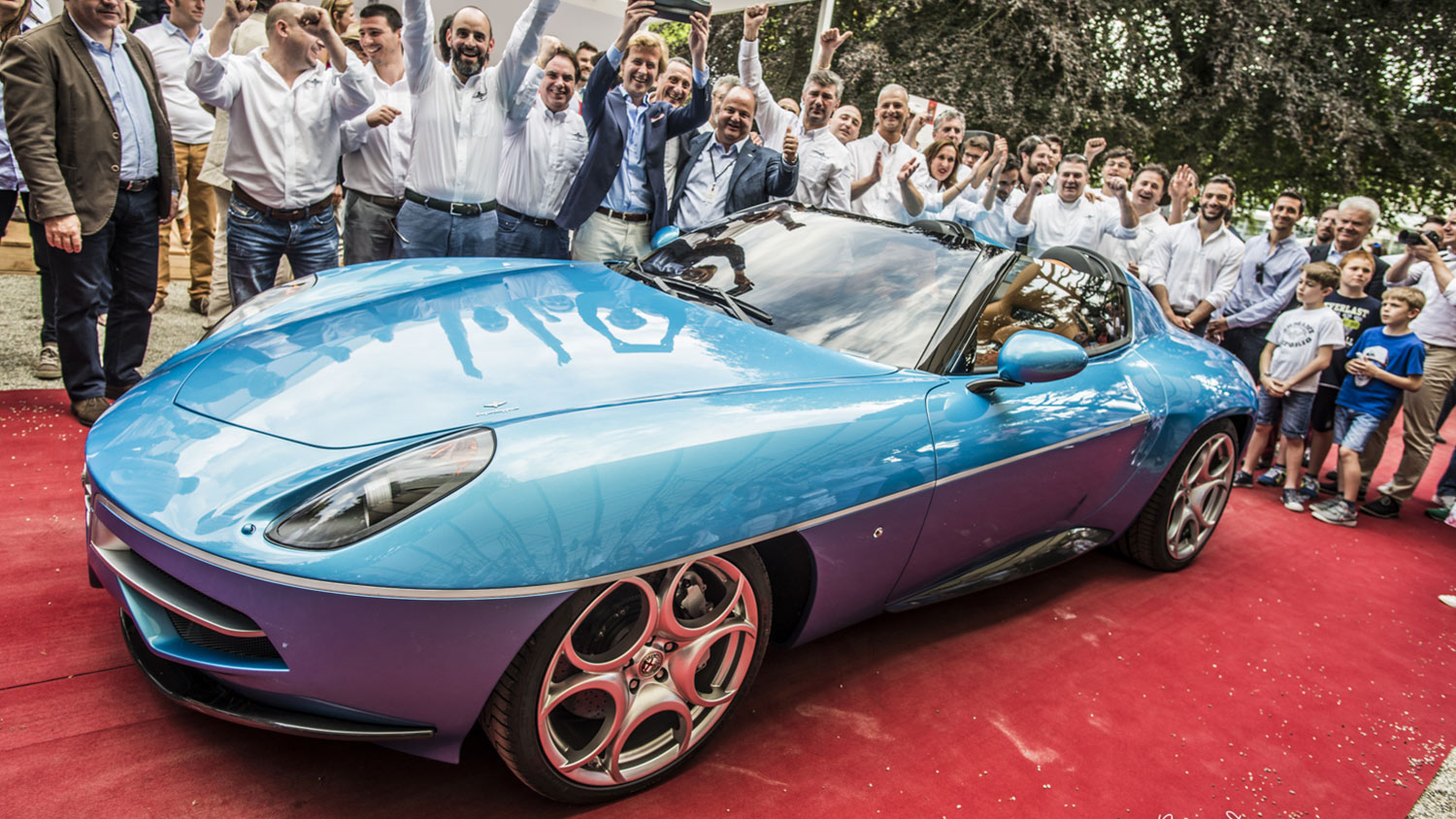World of Touring
Our Story
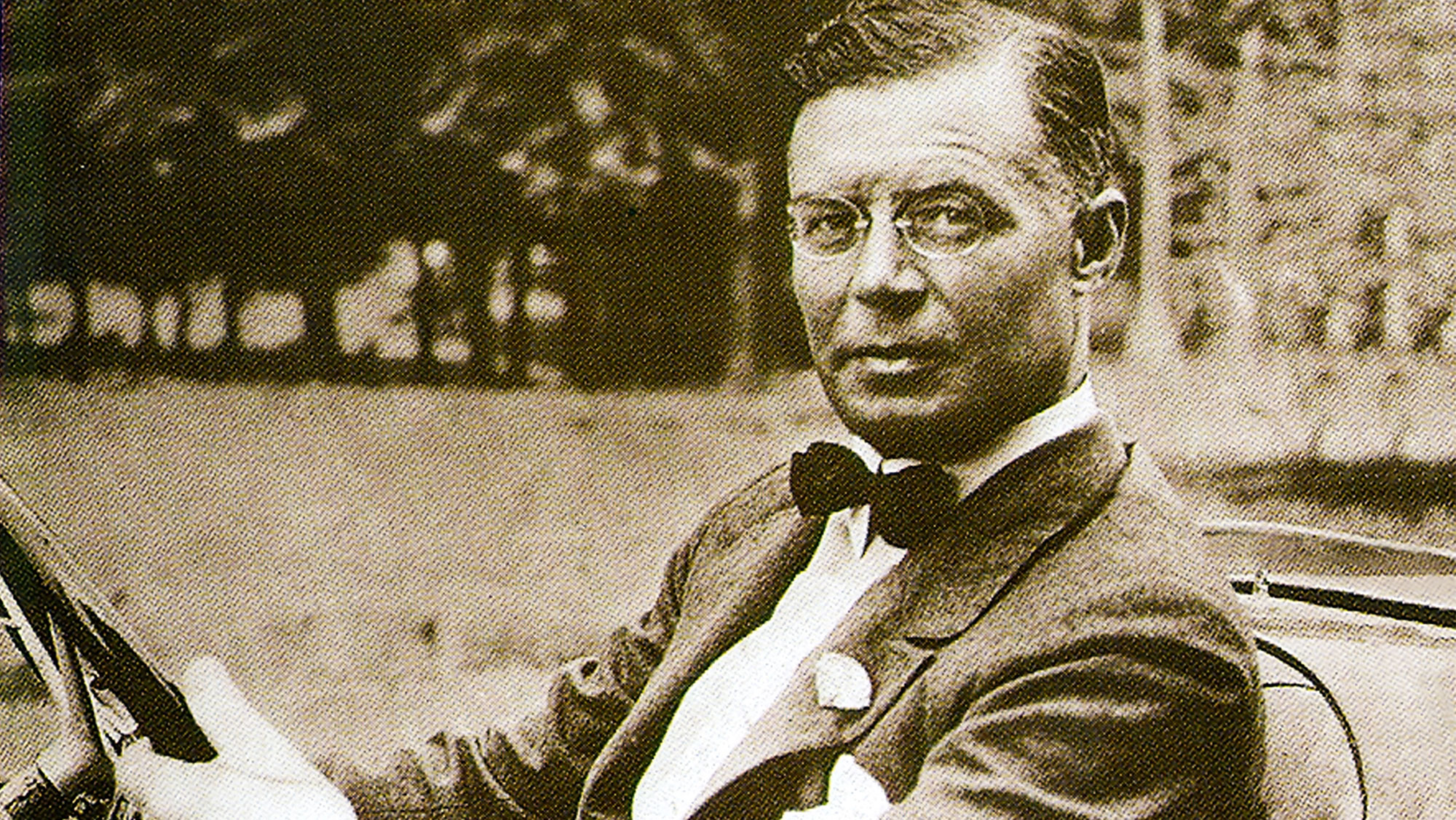
The origins
From its foundation in 1926 Carrozzeria Touring immediately gained important commissions from premier manufacturers like Alfa Romeo and Isotta Fraschini.
Their designs were recognised with top awards at the most prestigious concours d’elegance and in just a few short years the coachbuilder’s reputation had won it orders from a wide variety of car manufacturers.
In 1931 the most illustrious concours – the Villa d’Este – witnessed a virtual clean sweep of all the top honours for Touring’s designs, including the new Flying Star styling, which dressed a number of different makes, from the comparatively humble to the very grand.
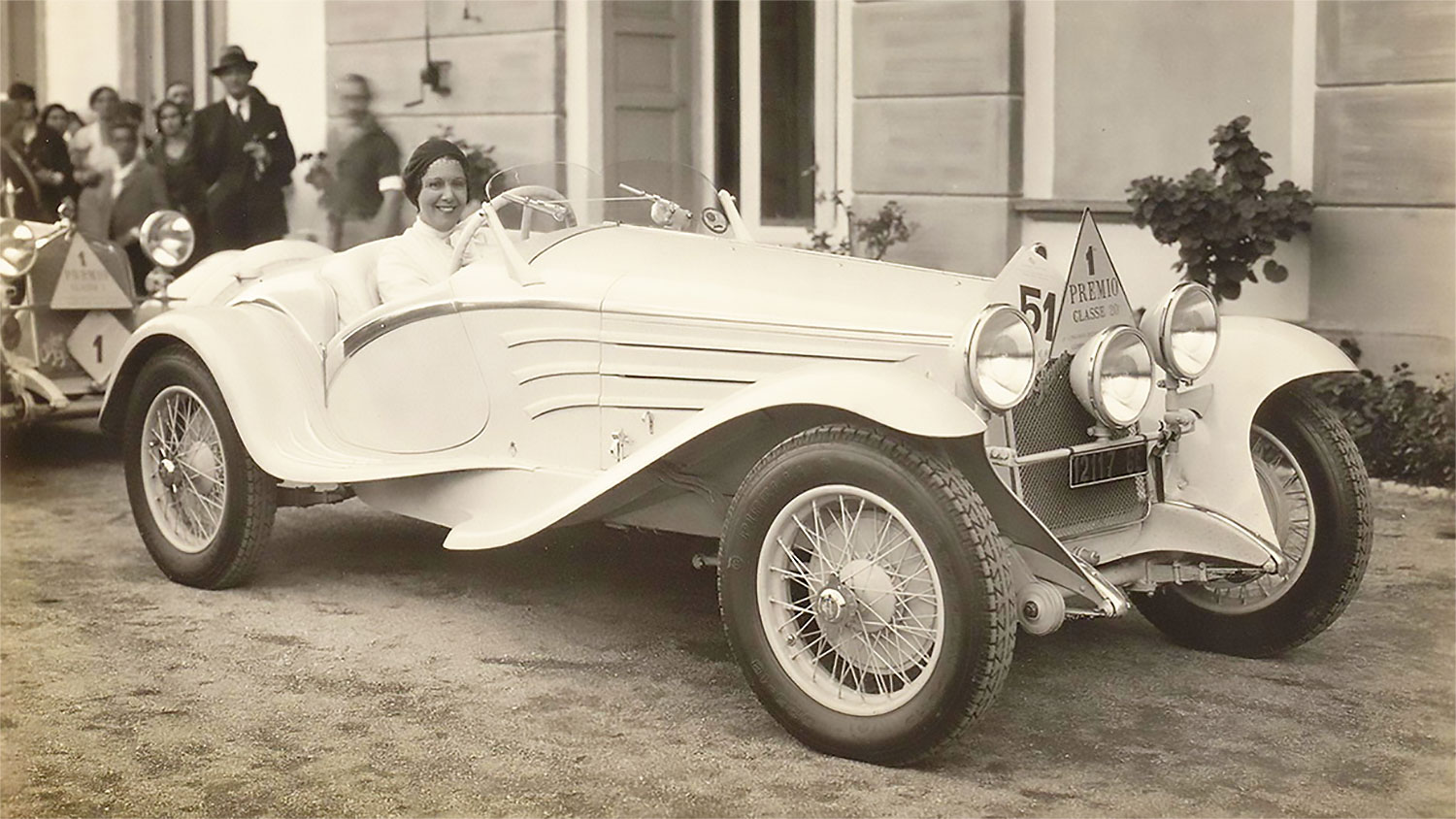
At the forefront of new design methods
Touring was always at the forefront of new design methods, and was an early adopter and licensee of the Weyman construction method, but in 1937 they changed the course of the automotive industry with the introduction of an entirely original technique for building car bodies.
A framework of thin steel tubing was attached to the chassis, providing a very light and rigid base for aluminium panelling to be applied. This new Superleggera, or super light, construction also had the benefit of allowing shapely curves and extreme aerodynamic forms, which hitherto had been impossible. Ever since, the Superleggera script has appeared on the bonnet of Touring’s designs.
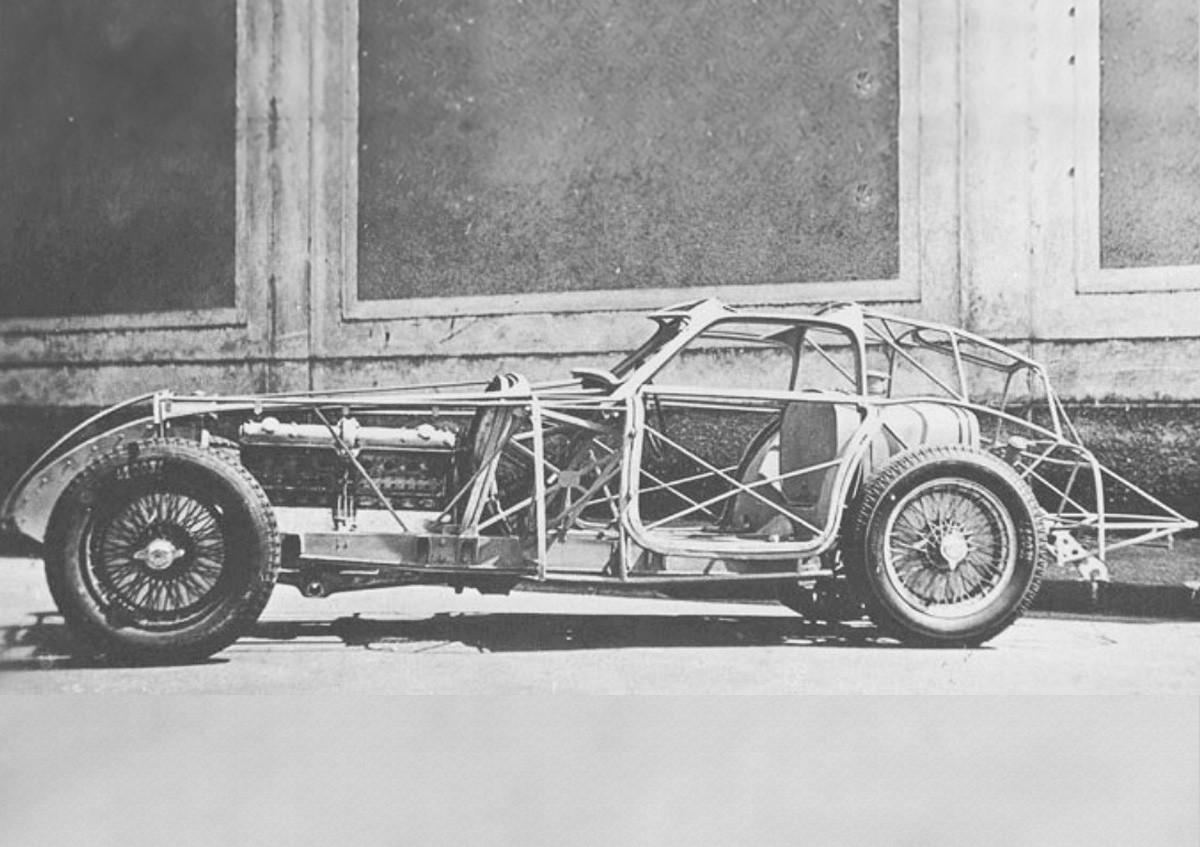

The finest styling ever applied to an automobile
During this period the ultimate sports car of the day was the incredible Alfa Romeo 8C 2900, and it was Touring who was engaged to design and build the exotic coachwork for most examples.
Spider, berlinetta, road racing special or aerodynamic Le Mans coupe, all were peerless examples of the pinnacle of what could be achieved at the time, and are all rightly lauded as amongst the finest styling ever applied to an automobile.
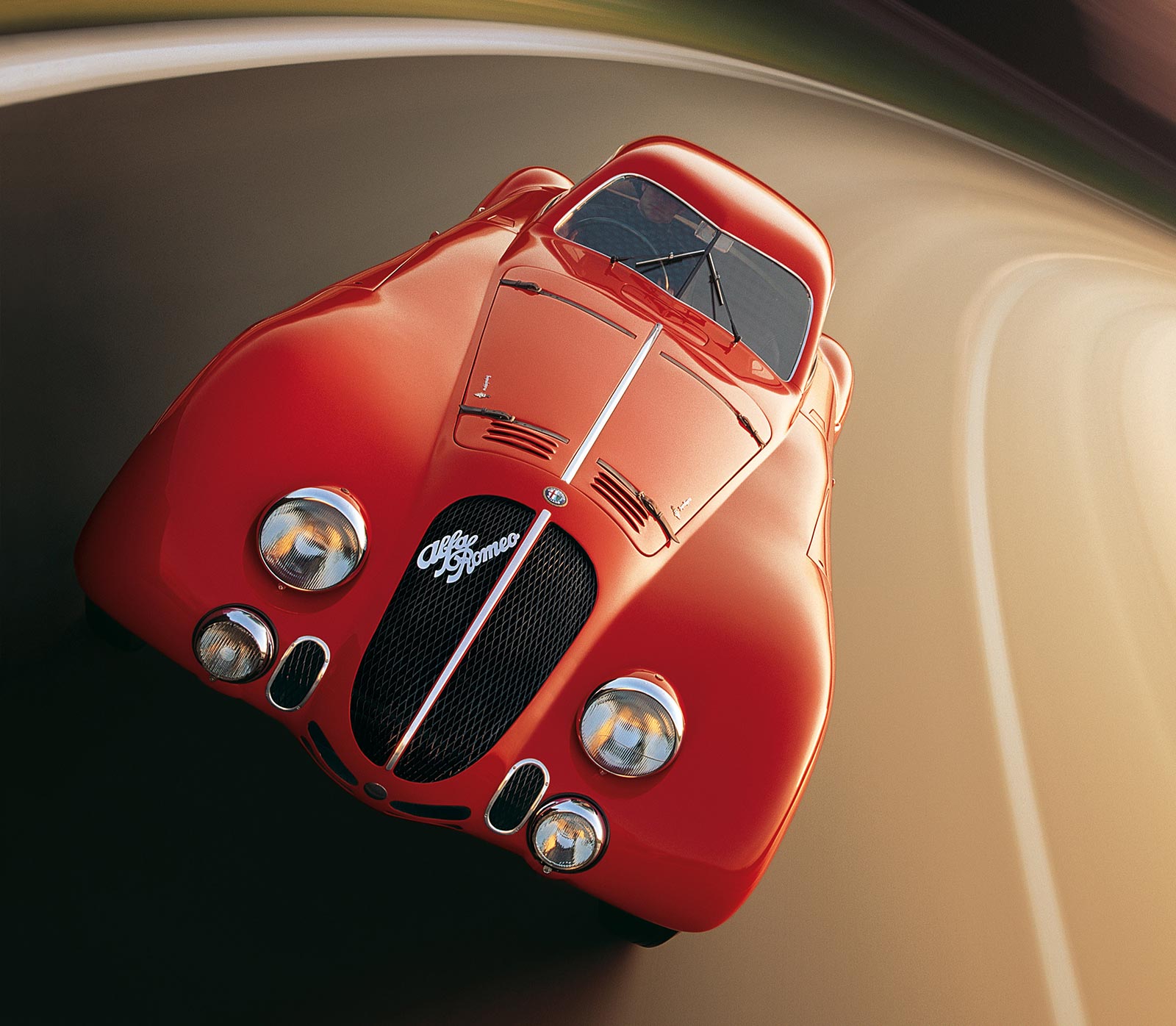
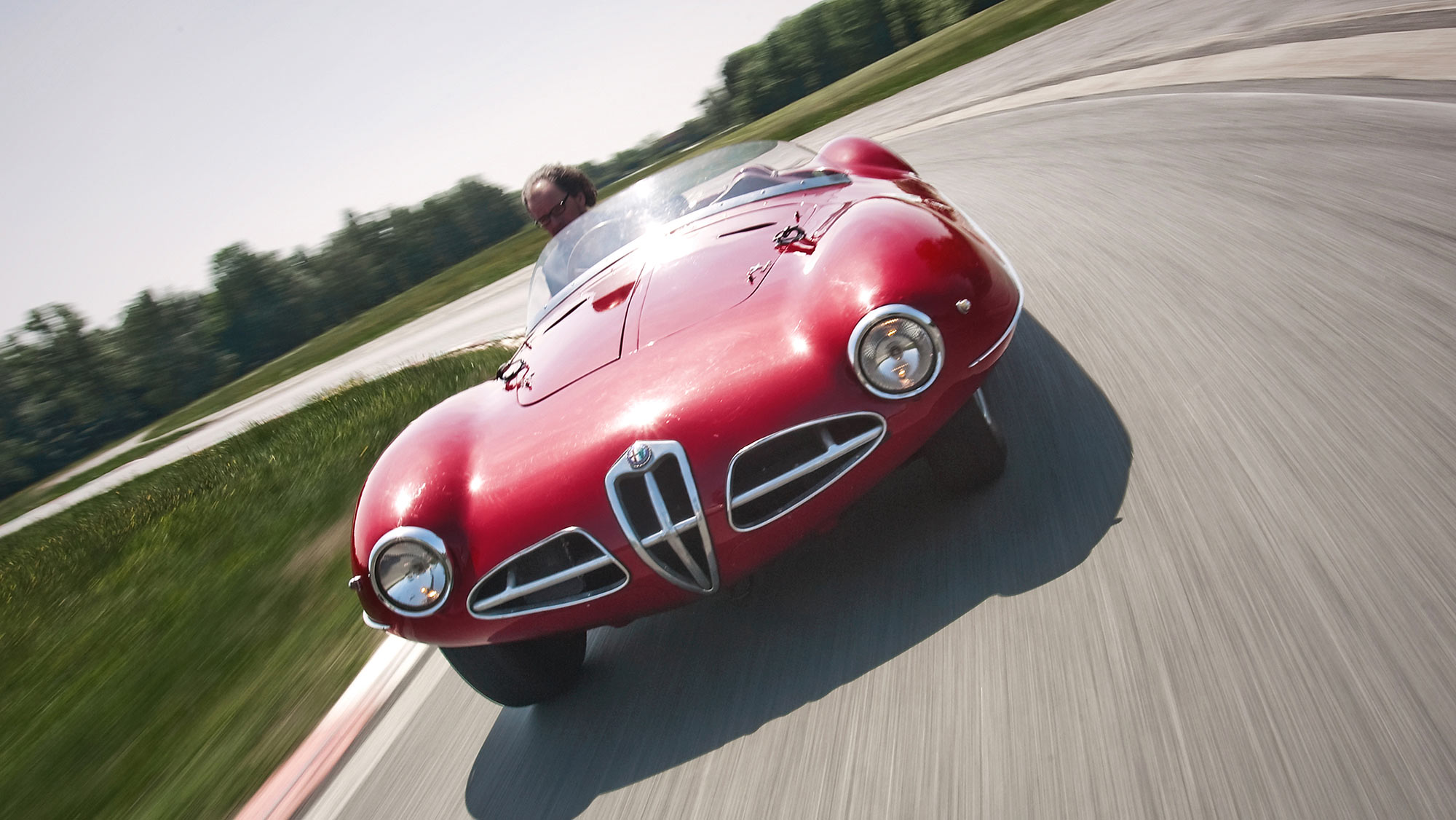
Made for winners
Maintaining their thirst for invention, Touring was a pioneer of wind-tunnel testing, and the wind-cheating shapes produced from their research, together with lightweight panels provided successful designs for racing cars from many different manufacturers.
Whilst generally known for their supremely graceful and elegant styles, what is sometimes overlooked is that Touring has also clothed more winners of major races than any other coachbuilder.
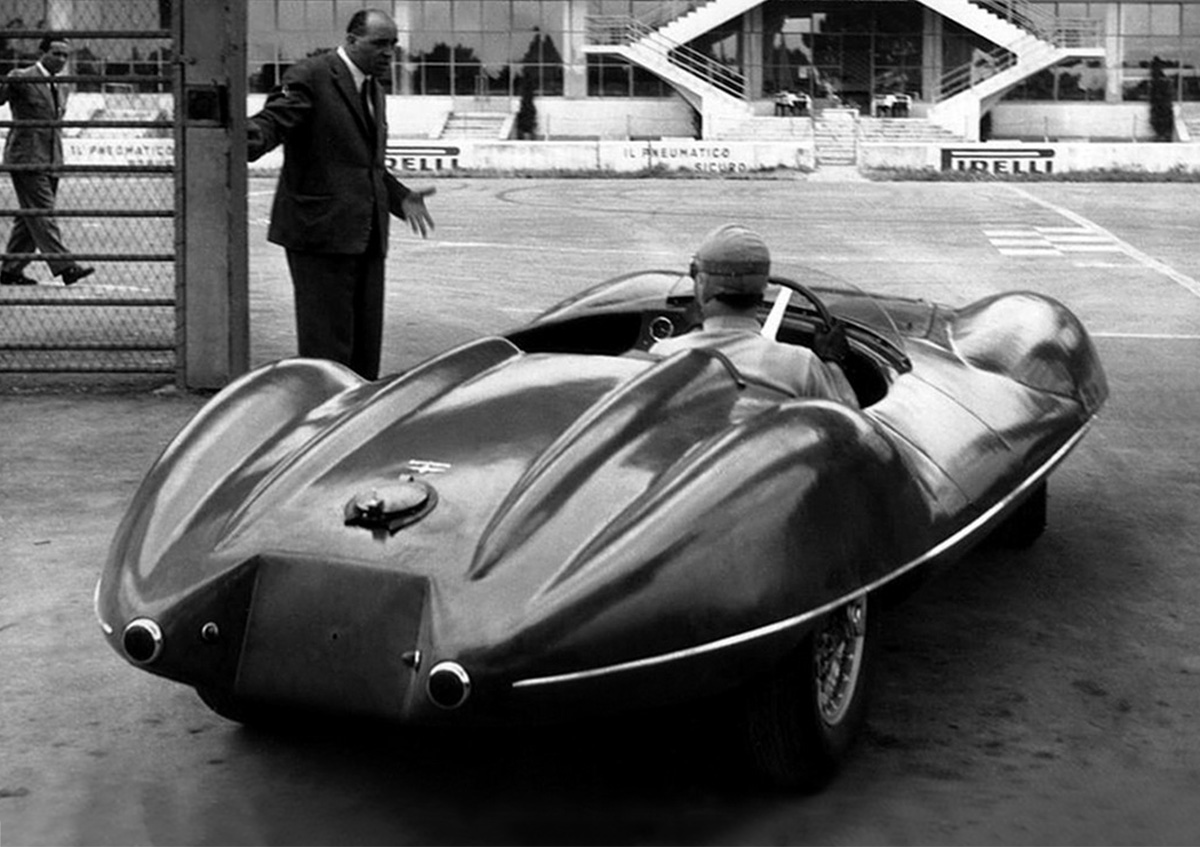
Weight is the enemy, air resistance the obstacle
The mantra which its designers followed was “weight is the enemy, air resistance the obstacle” and experimentation with the new science of aerodynamics produced some incredible shapes and highly effective race cars, such as the Alfa Romeo C52 Disco Volante which stunned everybody with its other-worldly shape in 1952 and became an instant icon of automotive design, copied by many but matched by none.
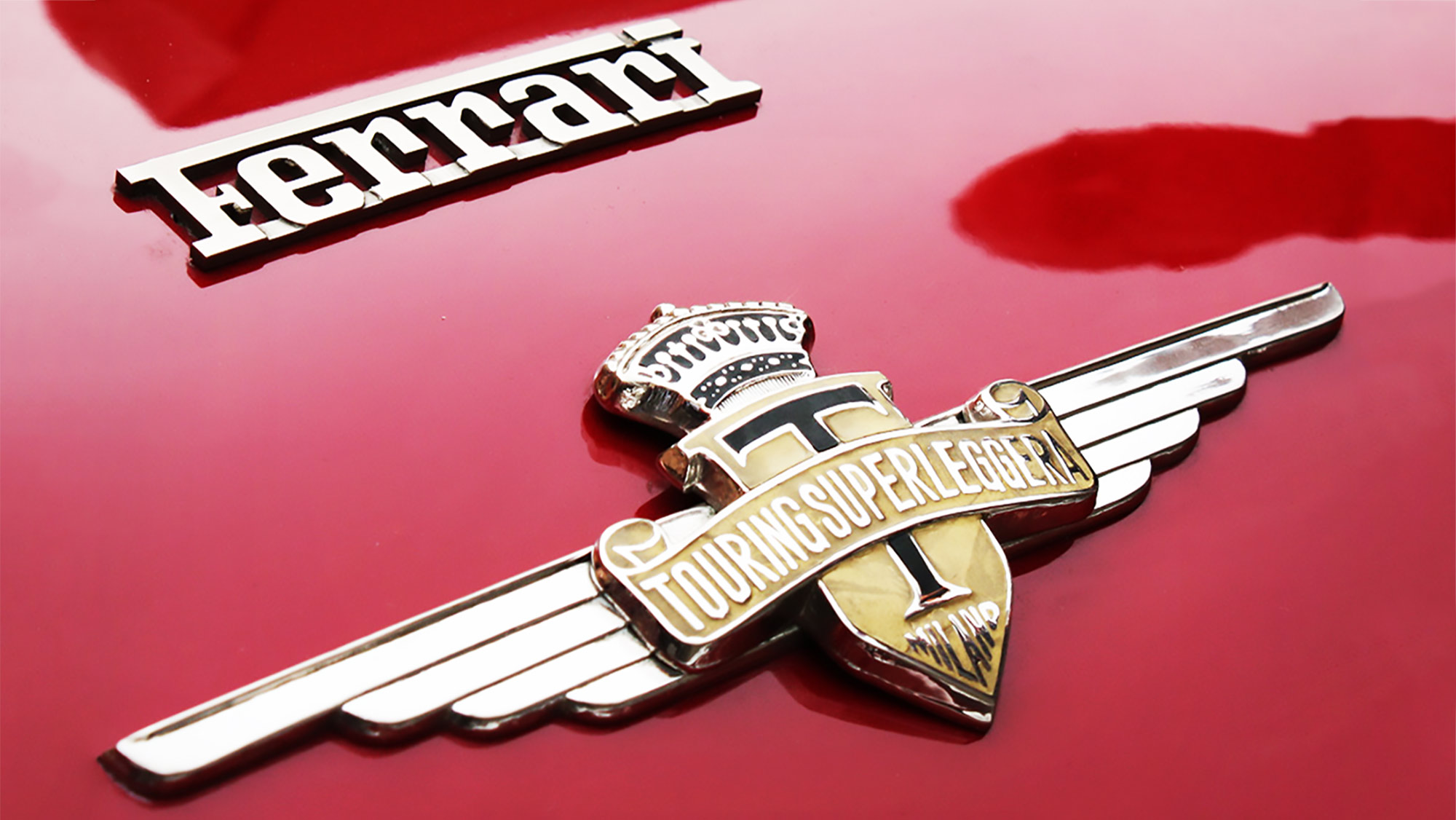
Touring meets Ferrari
After WWII a new manufacturer was making waves throughout the world with his highly successful racing cars.
He, and his cars, would go down in history for his achievements, but it was due to Touring’s coachwork that he gained his real success, and Touring became his favoured coachbuilder. His name was Enzo Ferrari.
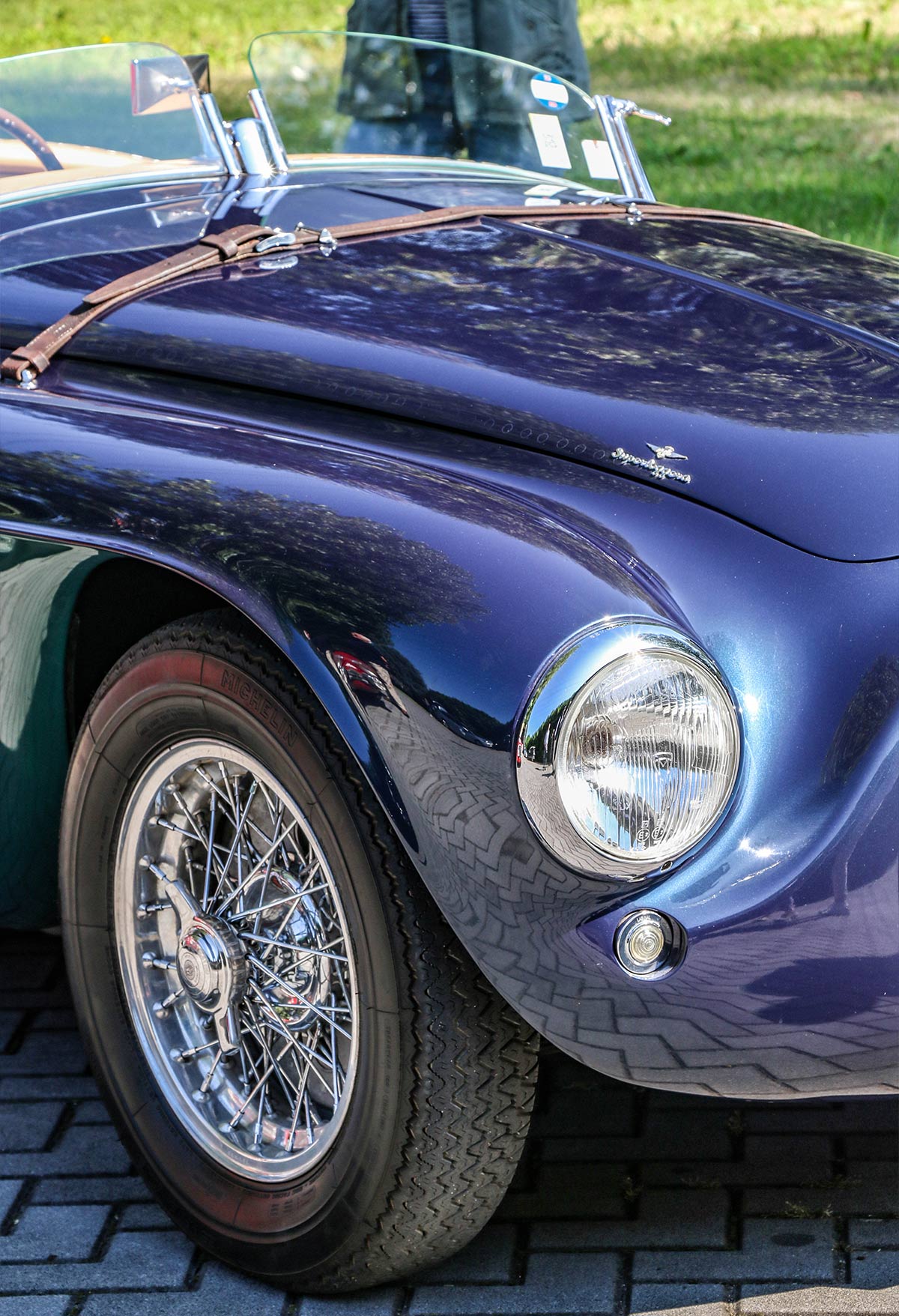
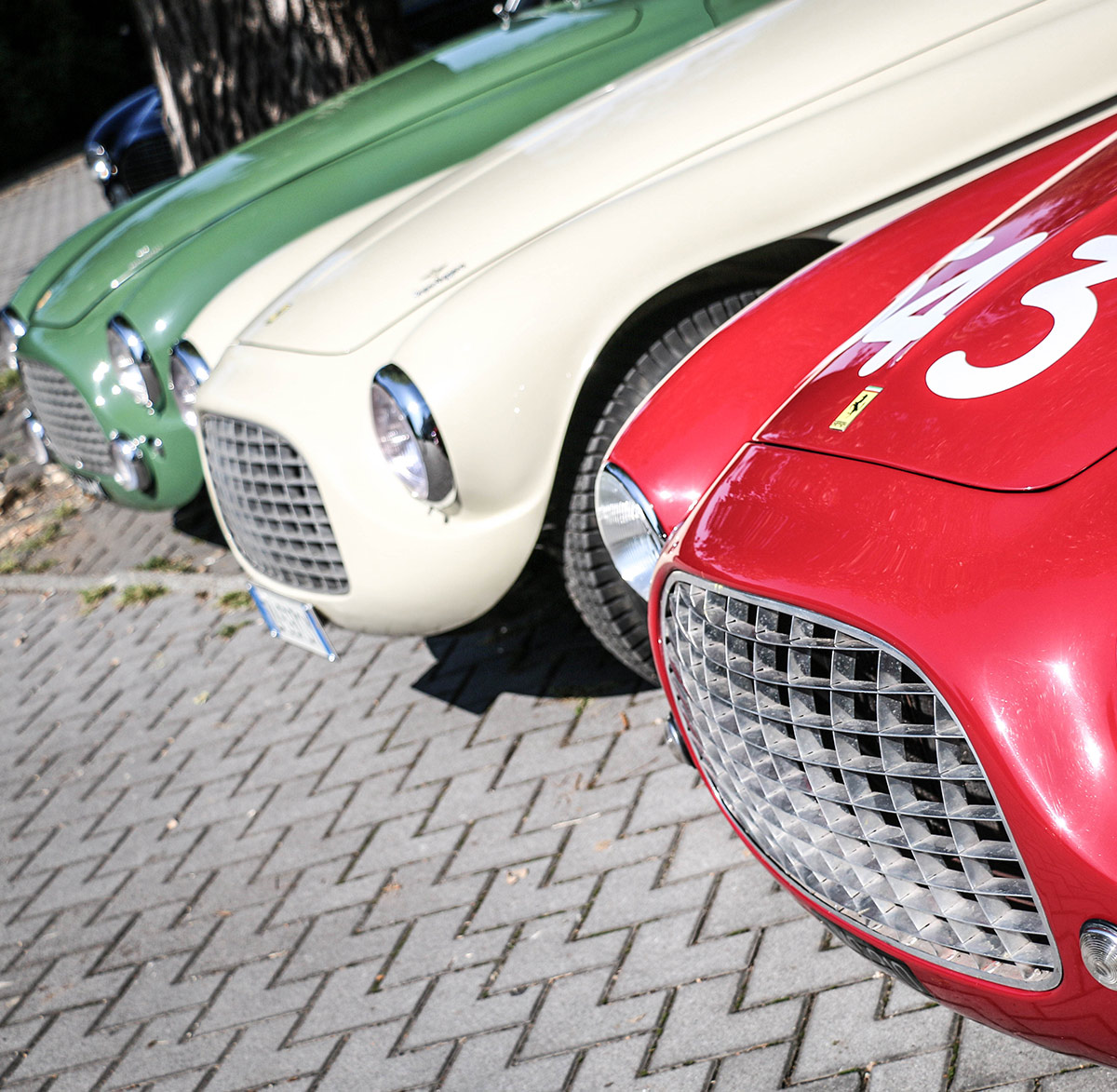
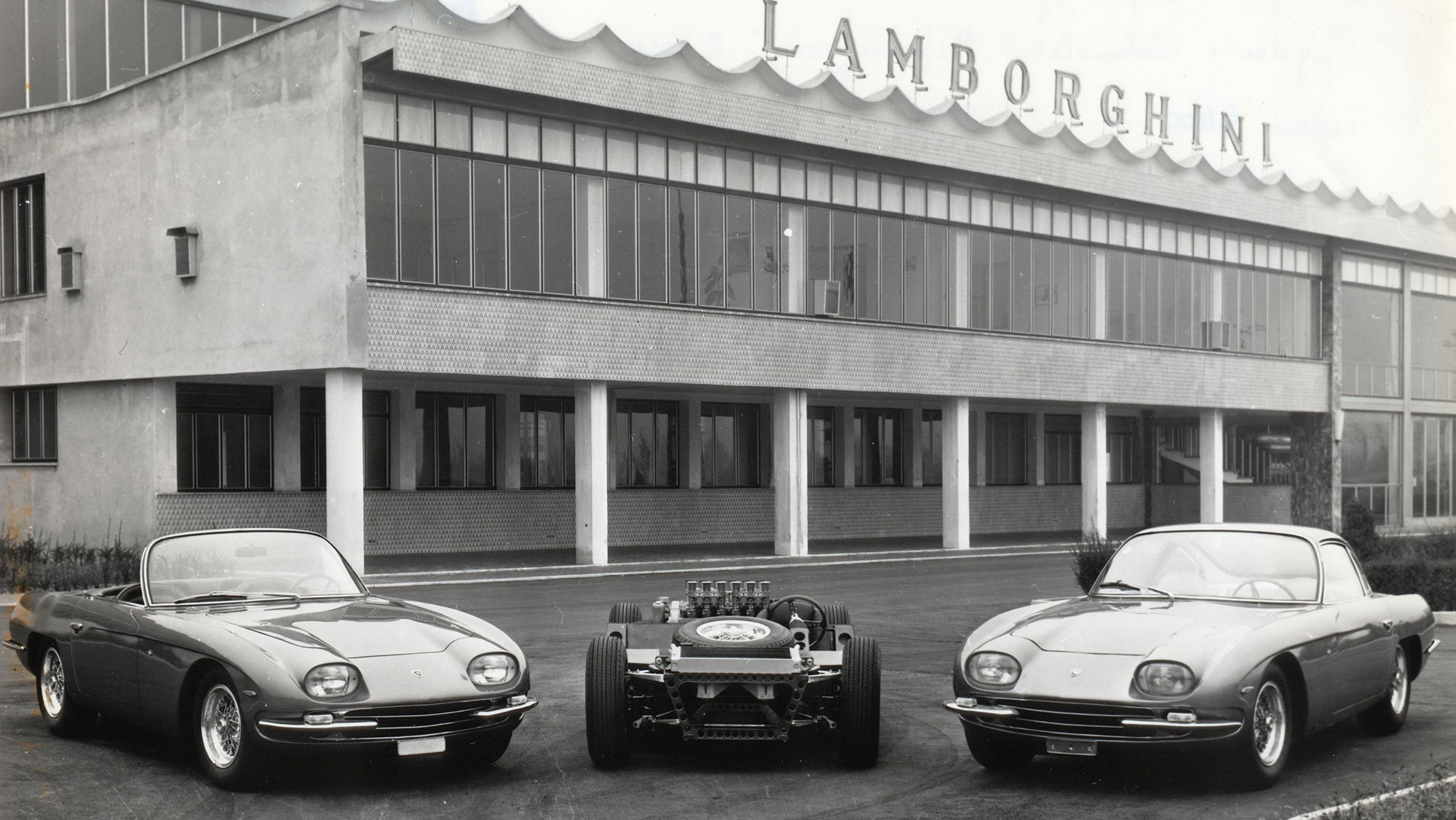

Becoming a large-scale manufacturer
The increasing industrialisation of post-war Europe saw Touring become a larger-scale manufacturer in its own right, taking on construction of series-produced unitary body models from several manufacturers.
In fact, by the 1960s, Touring had been responsible for the coachwork of most of the European manufacturers of sports and gran turismo cars.
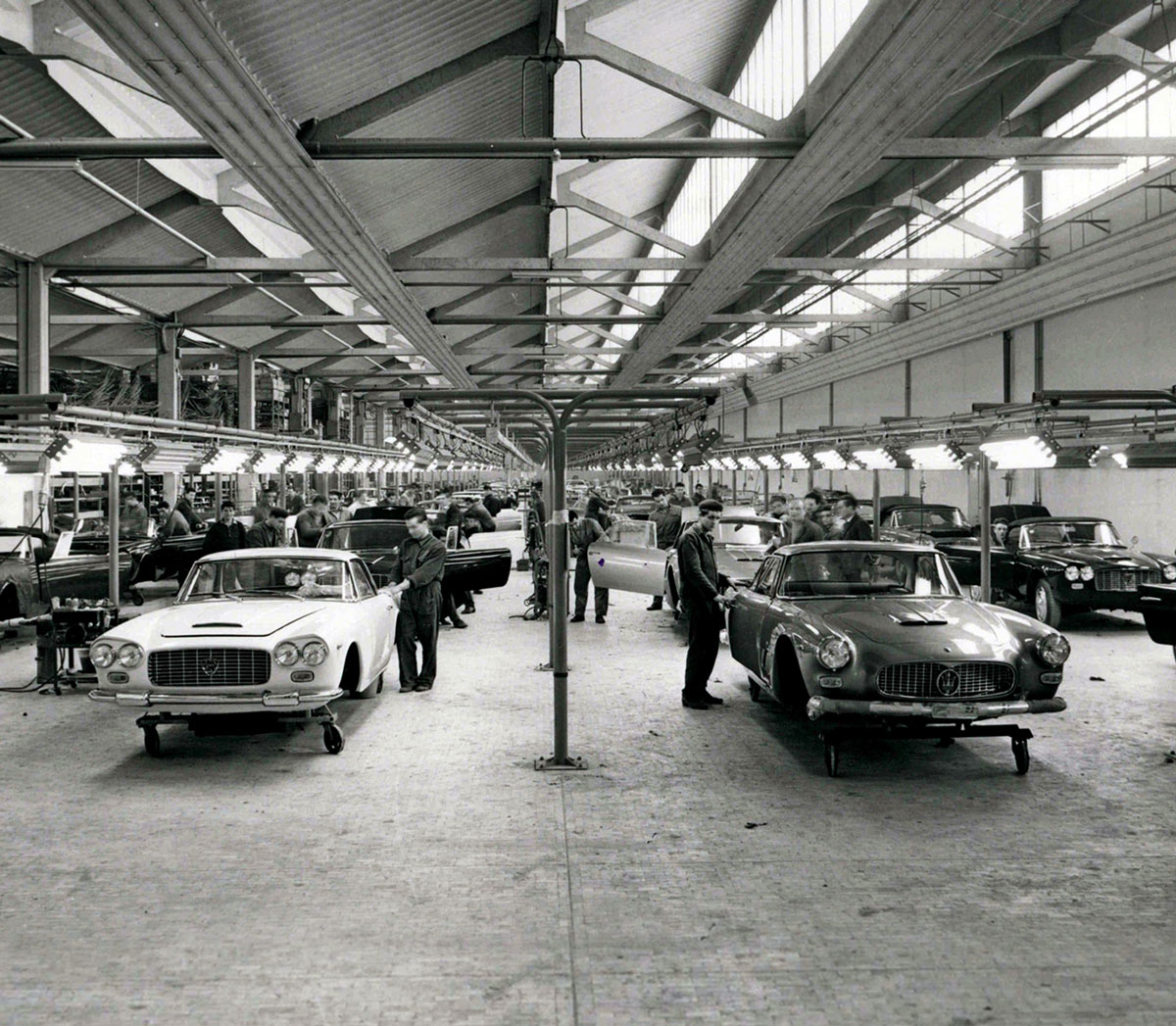
A place in the pantheon of greats
The remarkable array of ground-breaking designs has given Touring its place in the pantheon of greats, and its historic creations are today among the most desirable, and valuable, collector’s cars on the planet.
Today Touring has returned to its roots, creating unique bespoke automotive designs for discerning individuals with exquisite taste, or very limited production runs, built to order.
